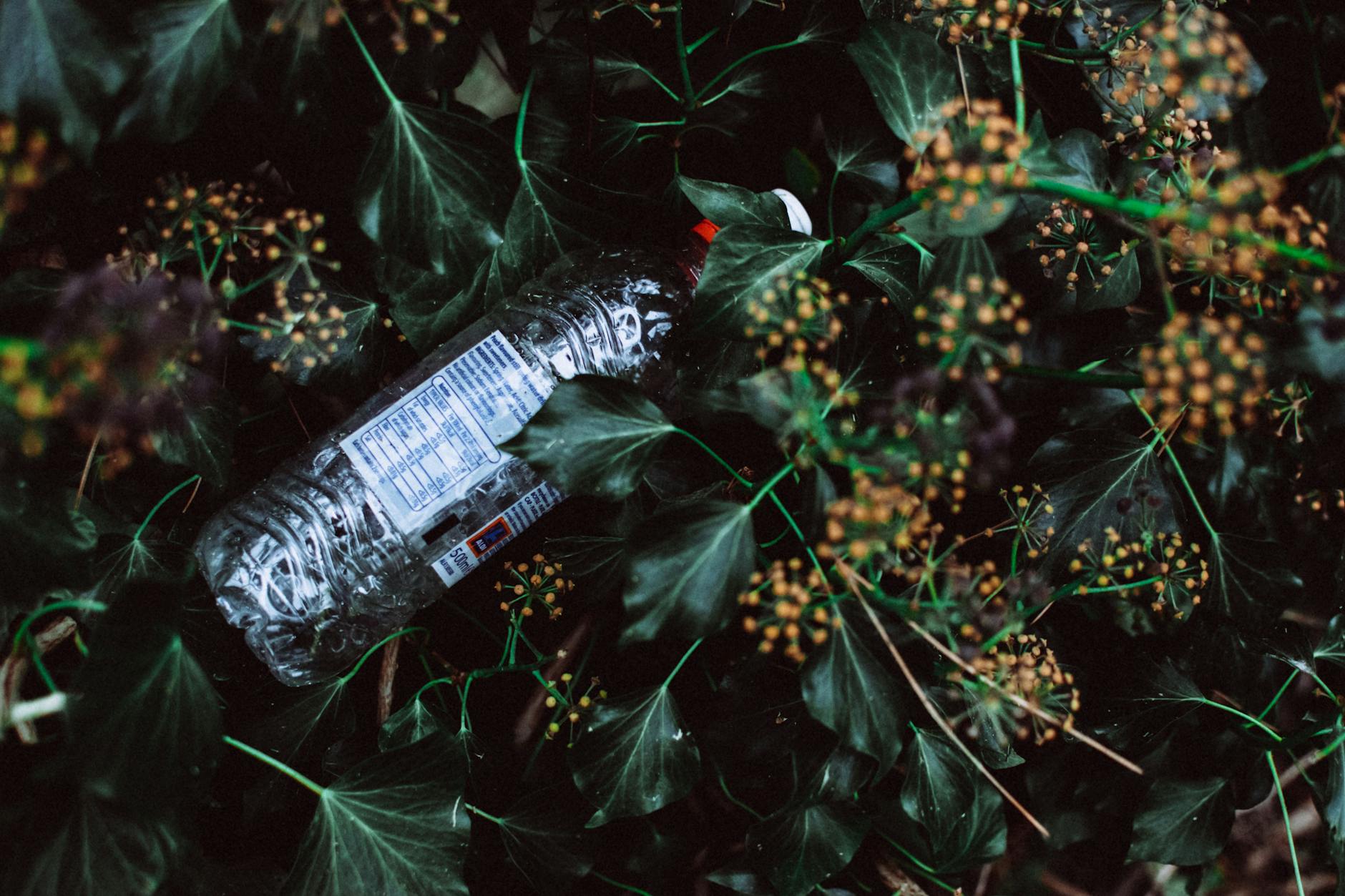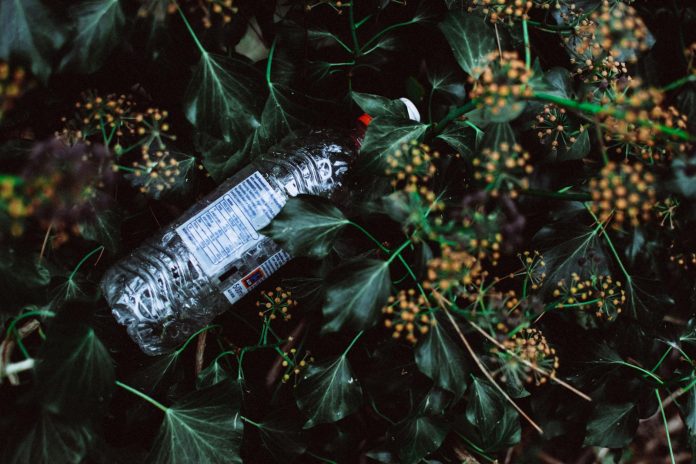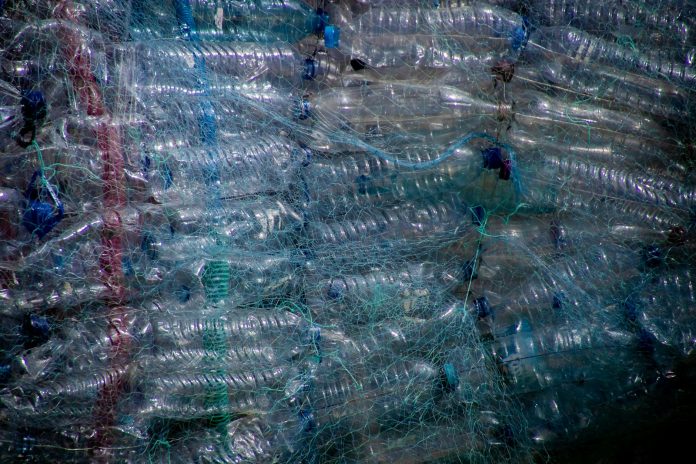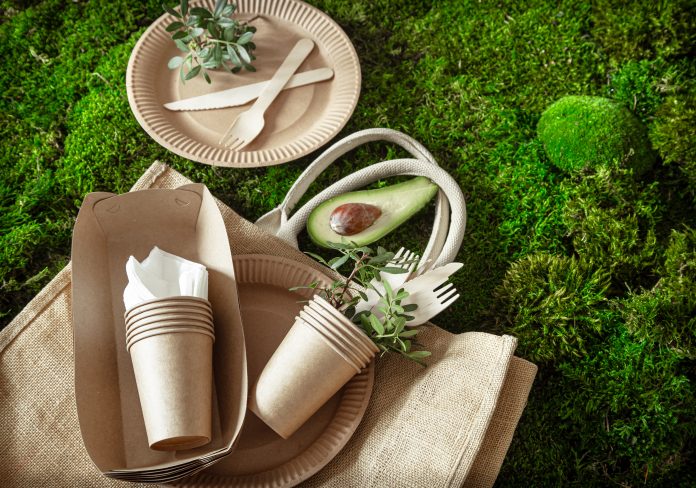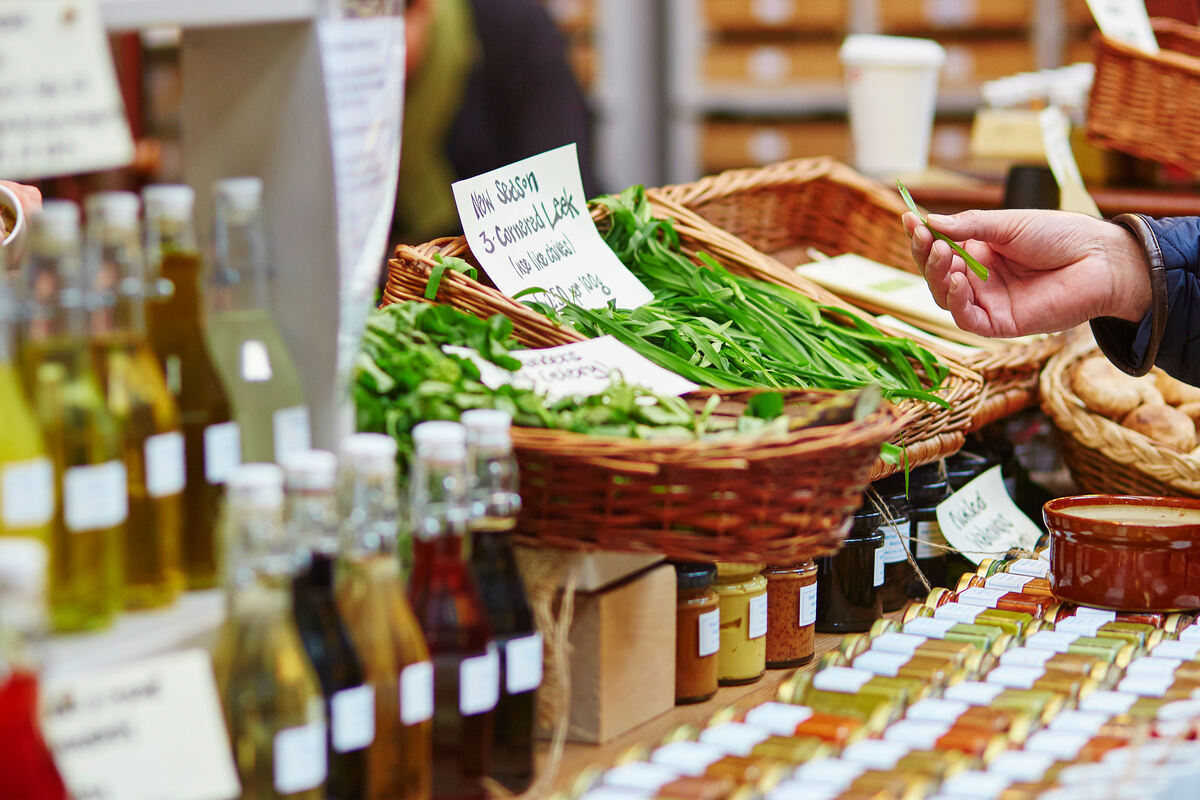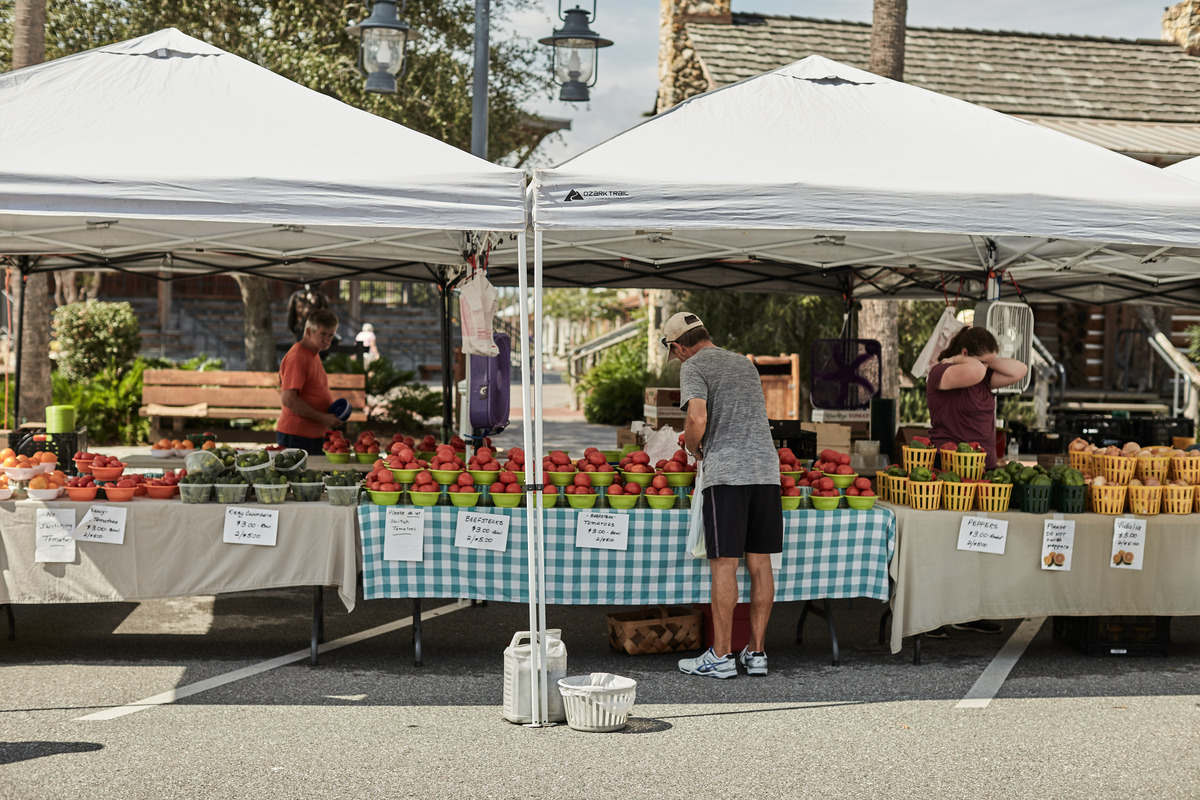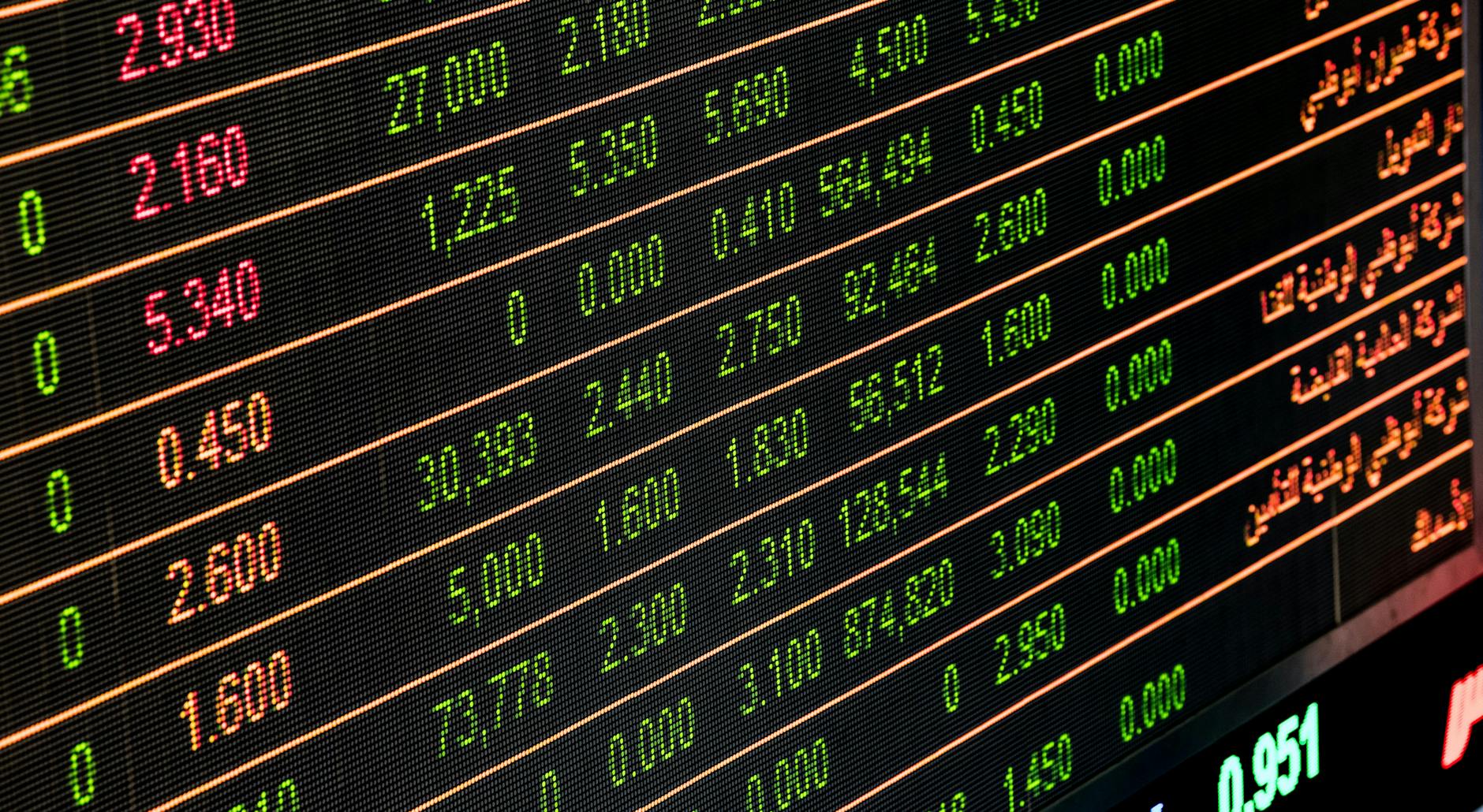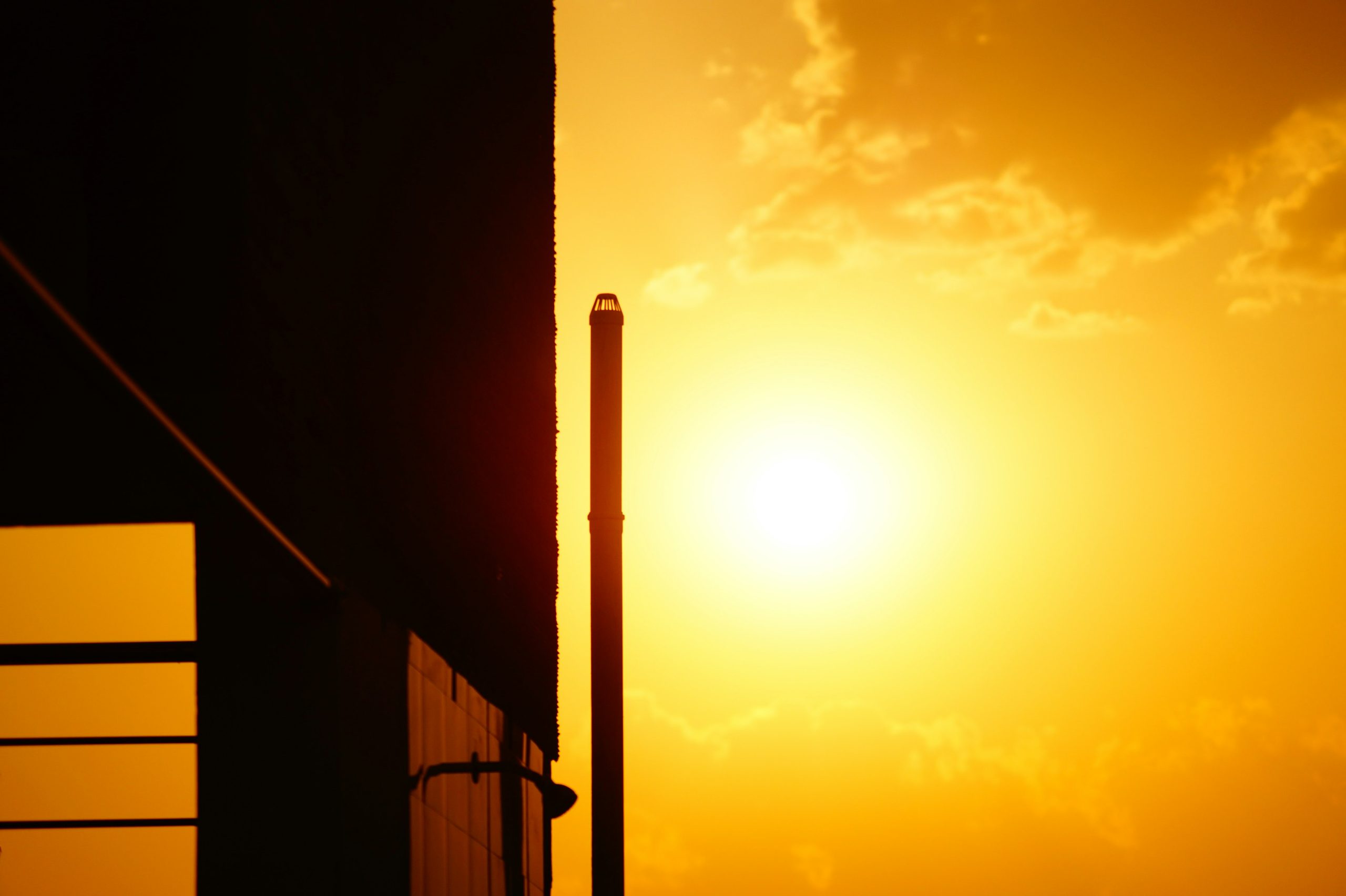Despite the trend toward using biodegradable materials in packaging, several myths surrounding their use and effectiveness remain. If you’re unsure of whether using biodegradable packaging is really better, consider the facts and discover whether there are other, more sustainable alternatives available.
What Is Biodegradable Packaging?
When packaging materials are biodegradable, they can completely and naturally break down into nature’s raw materials. Although these materials do completely break down, there is no generally recognized time frame or ideal environment specified for many of them.
Although gray areas in terminology definitions may lead you to assume that biodegradable and compostable packaging is the same, this is not the case. Compostable materials are a specific type of biodegradable material. They break down into carbon dioxide, inorganic compounds, water and biomass at rates consistent with similar organic materials. While any company can claim compostability, receiving certification from a third party provides extra assurance for consumers.
You may also notice the term “bio-based” used on some product packaging. Bio-based materials come from plants and other forestry, marine and agricultural sources. So, the labeling refers to where the packaging materials originated and not how they will degrade when you dispose of them.
Overall, “biodegradable” is a very loose term, and you’ll find out why as you continue reading. Before you do, take note of some materials that packaging companies define as biodegradable:
- Polylactic acid (PLA)
- Wool insulation
- Palm leaves
- Chitosan
- Starch-based bioplastics
- Mushroom mycelium
- Bagasse
- Seaweed
- Potato starch
- Hemp
- Cellulose
- Paper
While these products are biodegradable — and some are also compostable — an existing problem is that many districts in the United States don’t have recycling programs for them. If they’re placed in the regular trash without the environment to properly biodegrade them, they could end up in landfills, contributing to the world’s greenhouse gas emissions.
Addressing the Myths About Biodegradable Plastic Packaging
Consider the following myths surrounding biodegradable plastics and make up your mind about whether they’re really better.
Myth #1. Biodegradable Packaging Contributes to Microplastic Pollution
If the biodegradable packaging material is natural and doesn’t contain plastic, such as plant-based polymers derived from sources like starch, it likely won’t contribute to microplastics in the air.
High-quality biodegradable materials are designed to break down into water, biomass and carbon dioxide without any microplastic waste. However, lower-quality plastics, if disposed of incorrectly, can contribute to pollution levels.
Myth #2. Biodegradable Packaging Completely Decomposes
Biodegradable packaging does not align with set third-party standards dictated by certification bodies like BPI. This is because “biodegradable” is a very broad term. These bodies do have programs for compostable materials to ensure your trust in advertised “end of life” statuses.
Because third-party certification is not a requirement, biodegradable packaging materials labels don’t guarantee they are entirely biodegradable. Biodegradable plastics, for example, usually need a combination of moisture, heat and microbial activity to degrade and decompose, and you can’t guarantee how long the process will take. In the wrong conditions, they may not fully decompose.
Myth #3. Biodegradable Packaging Always Comes From Plants
While biodegradable packaging materials like palm leaves and seaweed clearly come from plants, you’ll find many biodegradable plastics originate from other materials. Some manufacturers produce their packaging using microbes — bacterial cellulose and polyhydroxyalkanoate are examples — while products like PLA and polyvinyl alcohol are chemically synthesized. The most important thing to remember is how a material biodegrades and not how it gets made.
Myth #4. You Can Recycle Biodegradable and Traditional Plastics Together
You must always recycle your regular and biodegradable plastics separately, as their processing methods may vary. Recycling the two types together could lead to contamination and hamper the biodegradable plastic’s ability to completely break down in a compositing or other facility.
Myth #5. Biodegradable Packaging Is Always More Pricey
Due to their complex production processes and the use of natural raw materials, biodegradable materials used in packaging typically have higher upfront costs. However, biodegradable packaging materials are typically more lightweight than their conventional counterparts. This could lead to decreased materials costs and a reduced environmental impact.
Myth #6. Biodegradable Packaging Is Sustainable
A material’s sustainability depends on its entire life cycle — from when it’s created to when it’s disposed of. For example, what resources are used to extract the raw materials? How much energy was consumed to manufacture the material? How does it get transported before and after manufacture?
It’s also important to examine how it gets used and the disposal process. Only then can you identify whether the packaging is truly sustainable.
Myth #7. Biodegradable Plastics Will End Plastic Pollution
While biodegradable plastic technologies are producing materials that live up to consumer demand in many ways, the lack of specific third-party standards and formal regulations governing them means there’s no guarantee they’ll actually break down. With a regulated definition in place, the effectiveness of biodegradable packaging of all types could have more impact in the quest to end plastic pollution. With so many traditional plastics still in use globally, change will take a while.
Is Biodegradable Packaging Better?
Biodegradable packaging, especially concerning plastics, is beneficial for the environment when it’s disposed of properly. While biodegradable packaging is a step in the right direction, using compostable packaging or fully recyclable packaging is often considered even more practical.
